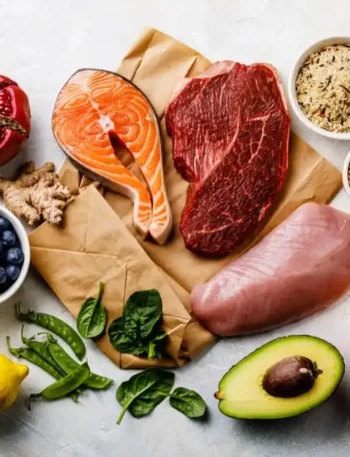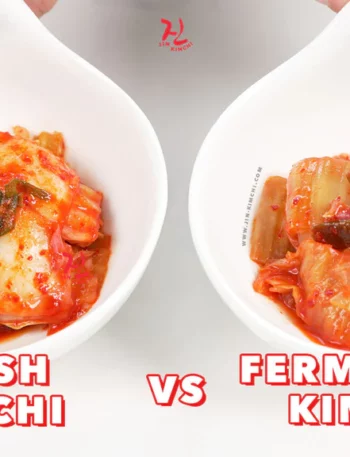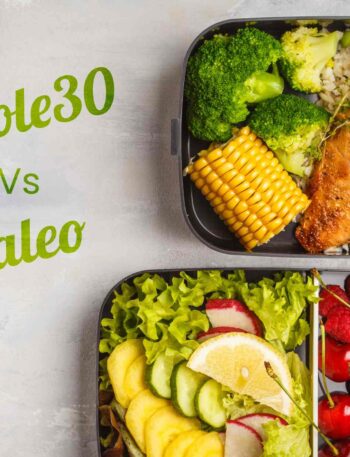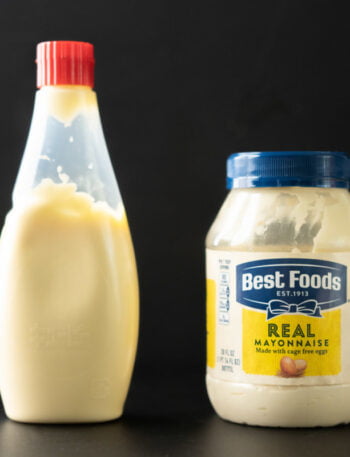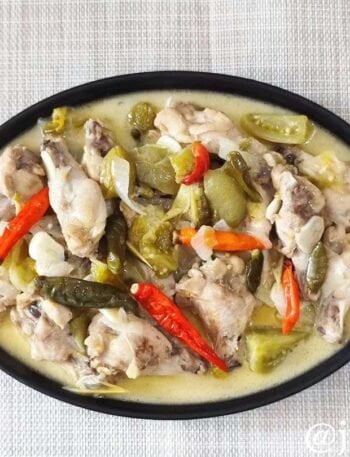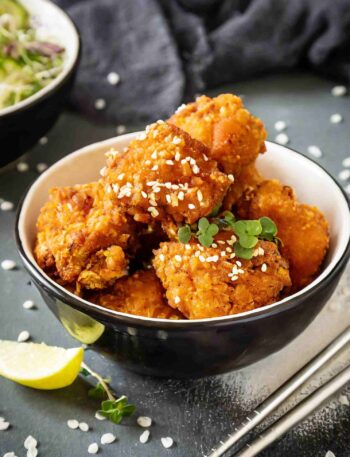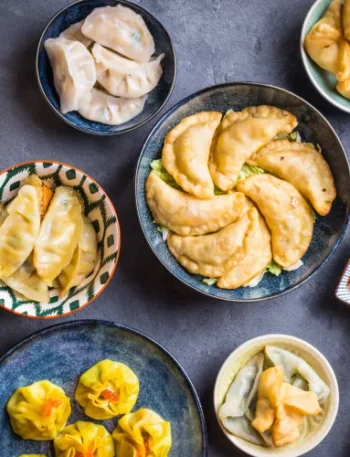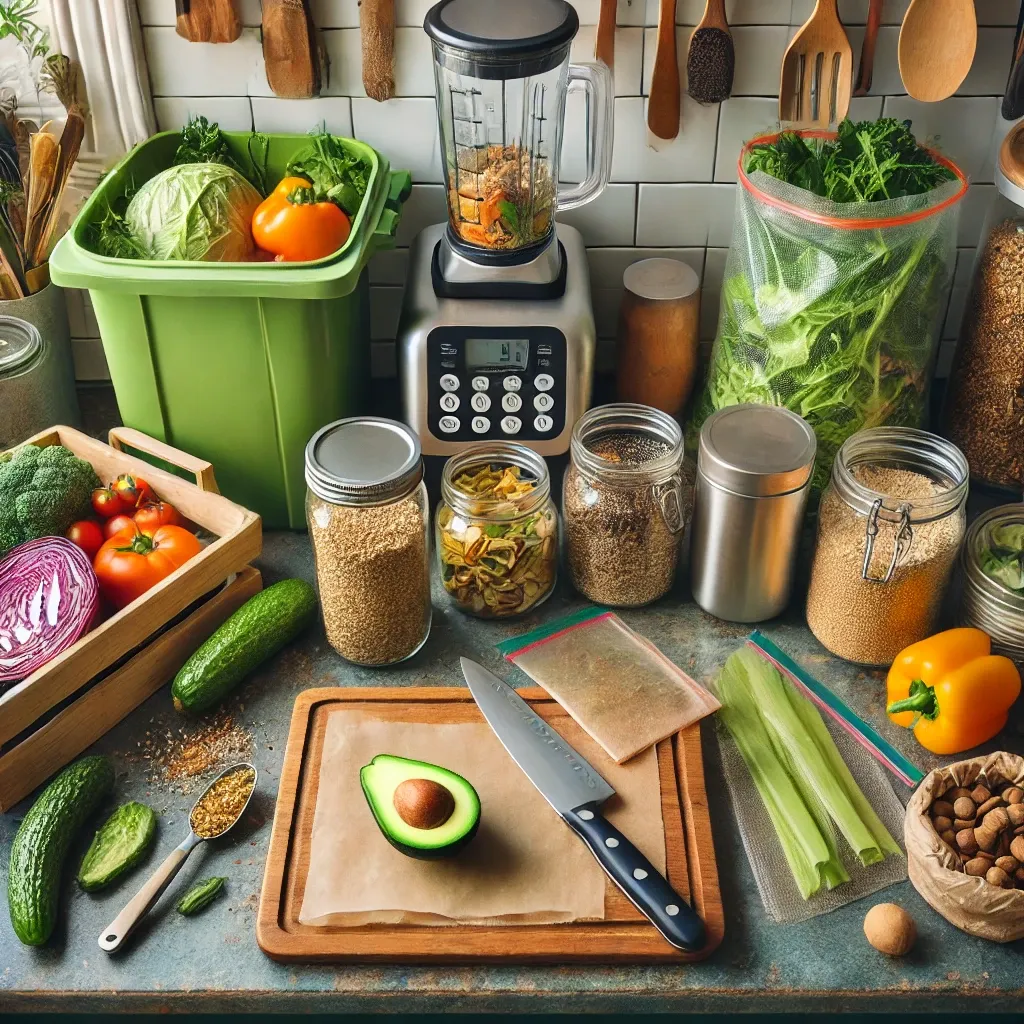
I’ll never forget the first time I stared down at the mountain of food scraps after a cooking session. It was like my veggies had thrown a party, and I was left to clean up the mess.
The guilt? Oh, it was real. All those peels, stems, and bits — things I’d paid for, things that could have fed me in some form — now headed straight to the trash.
That’s when I knew something had to change. Zero waste cooking became my mission, not just because it’s environmentally friendly, but also because, frankly, it made me feel a whole lot smarter in the kitchen.
Here are the essential tools that have transformed my cooking experience and might just change yours too.
1. The Mighty Compost Bin
Let’s start with the most obvious hero of zero waste cooking — the compost bin. This baby is your kitchen’s best friend, the place where all your unavoidable scraps go to become something productive instead of rotting away in a landfill.
It’s not just about tossing in your veggie peels and coffee grounds, though. There’s an art to composting. You need a balance between “greens” (your moist, nitrogen-rich food scraps) and “browns” (dry, carbon-heavy items like paper towels and dead leaves).
But once you get the hang of it, composting turns into this almost magical process where waste becomes rich soil, perfect for a garden or even just your potted plants. Suddenly, every onion skin feels like an investment in your homegrown tomatoes.
Trust me, when you see your trash reduce to nearly nothing, there’s a rush of pride. Like, “Hey, I’m basically a wizard.”
2. Silicone Reusable Bags
One of the biggest game-changers for me was switching from plastic storage bags to reusable silicone bags. They’re like the lovechild of a Tupperware and a Ziploc, and they’re good for storing just about everything — leftover soup, chopped veggies, even marinated meat.
I used to go through plastic bags like they were going out of style, which, to be fair, they kind of are. Now, with my trusty silicone bags, I can store food without the guilt of contributing to that massive plastic soup floating in our oceans.
Plus, they’re easy to clean, flexible, and perfect for freezing. The time I froze my leftover spaghetti sauce, let’s just say it wasn’t as messy as when I tried using flimsy plastic wrap. (We don’t talk about that incident.)
3. Glass Jars for All Things Storage
When it comes to food storage, glass jars are a zero-waste kitchen essential. They bring that perfect blend of aesthetic charm and practical functionality. I started saving glass jars from pasta sauces and pickles — suddenly, my pantry looked Pinterest-perfect, filled with jars of lentils, quinoa, and nuts.
But it’s not just about looks. Glass jars are airtight, durable, and you can easily see what’s inside, so no more mystery containers shoved into the back of the fridge.
Plus, they’re microwave safe! I can’t count how many times I’ve popped a leftover curry in the microwave, straight from the jar. Just be sure to remove the lid first unless you’re looking to create some kind of kitchen firework display.
4. Beeswax Wraps – The Eco-Friendly Alternative to Plastic Wrap
I’ll admit, the first time I saw beeswax wraps, I was skeptical. How could a piece of cloth covered in wax possibly keep my avocado fresh? But once I gave them a try, I was hooked.
Beeswax wraps mold to the shape of your food or containers using the warmth of your hands. They’re reusable, washable, and biodegradable.
Now, they’re my go-to for covering bowls, wrapping sandwiches, or keeping half a lemon fresh in the fridge. Not only do they work like a charm, but they also smell faintly of honey, which is a sweet bonus.
5. A Good Set of Knives (and Knife Skills!)
Zero waste cooking is all about using the whole ingredient, which means you’re going to need a sharp knife to make sure you’re getting the most out of your produce. A dull blade leads to more waste — sloppy cuts, discarded chunks, and even the dreaded finger slip (we’ve all been there).
Invest in a quality chef’s knife and keep it sharp. It’s a total game-changer. Plus, learning some basic knife skills will help you use every part of your veggies, from root to leaf. Broccoli stalks? Chop ’em up. Beet greens? Sauté those beauties. A good knife and a little know-how mean you’ll throw away less and enjoy more.
6. Blender or Food Processor
That sad-looking carrot hiding at the bottom of your veggie drawer? It’s not trash, it’s soup! And this is where a blender or food processor becomes indispensable. All those vegetable bits, even the ones on their last legs, can be blended into creamy soups, smoothies, pestos, and sauces.
I’ve rescued so many almost-expired veggies by tossing them into a blender with some broth, spices, and a little olive oil. Voila — dinner is served, and the waste? Zero.
7. Digital Kitchen Scale
Waste doesn’t just happen with food scraps. It often starts with over-purchasing or cooking more than you need. That’s where a digital kitchen scale comes in. Weighing your ingredients helps ensure you’re using exactly what’s required and no more.
It also helps with portion control, so you’re less likely to have uneaten leftovers languishing in the fridge for days. (We’ve all been guilty of that.)
My scale has saved me from many a baking disaster too. Trust me, you don’t want to eyeball flour. That’s a one-way ticket to rock-hard muffins.
8. A Scrap Bag in the Freezer
This isn’t a tool, per se, but it’s one of my secret zero-waste weapons. I keep a bag in the freezer specifically for vegetable scraps — onion skins, carrot tops, celery leaves, all the stuff you’d normally toss.
Once the bag is full, I simmer everything in a pot of water to make a rich, flavorful vegetable broth. It’s like turning trash into culinary treasure.
Pro tip: Don’t forget to label the bag with the date. My freezer’s become a bit of a black hole, and let’s just say there have been a few “mystery bags” discovered over the years.
Zero waste cooking is more than just a trend — it’s a mindset, a way to rethink how we approach food and waste. With the right tools, not only will you save money and reduce your environmental impact, but you’ll also discover new ways to be creative in the kitchen.
Whether it’s repurposing food scraps into flavorful stocks or ditching plastic in favor of reusable options, every small step brings us closer to a cleaner, greener kitchen.
Plus, doesn’t it feel good to get more bang for your buck and show off your eco-friendly kitchen swag at the same time? It’s a win-win, and it’s here to stay.


